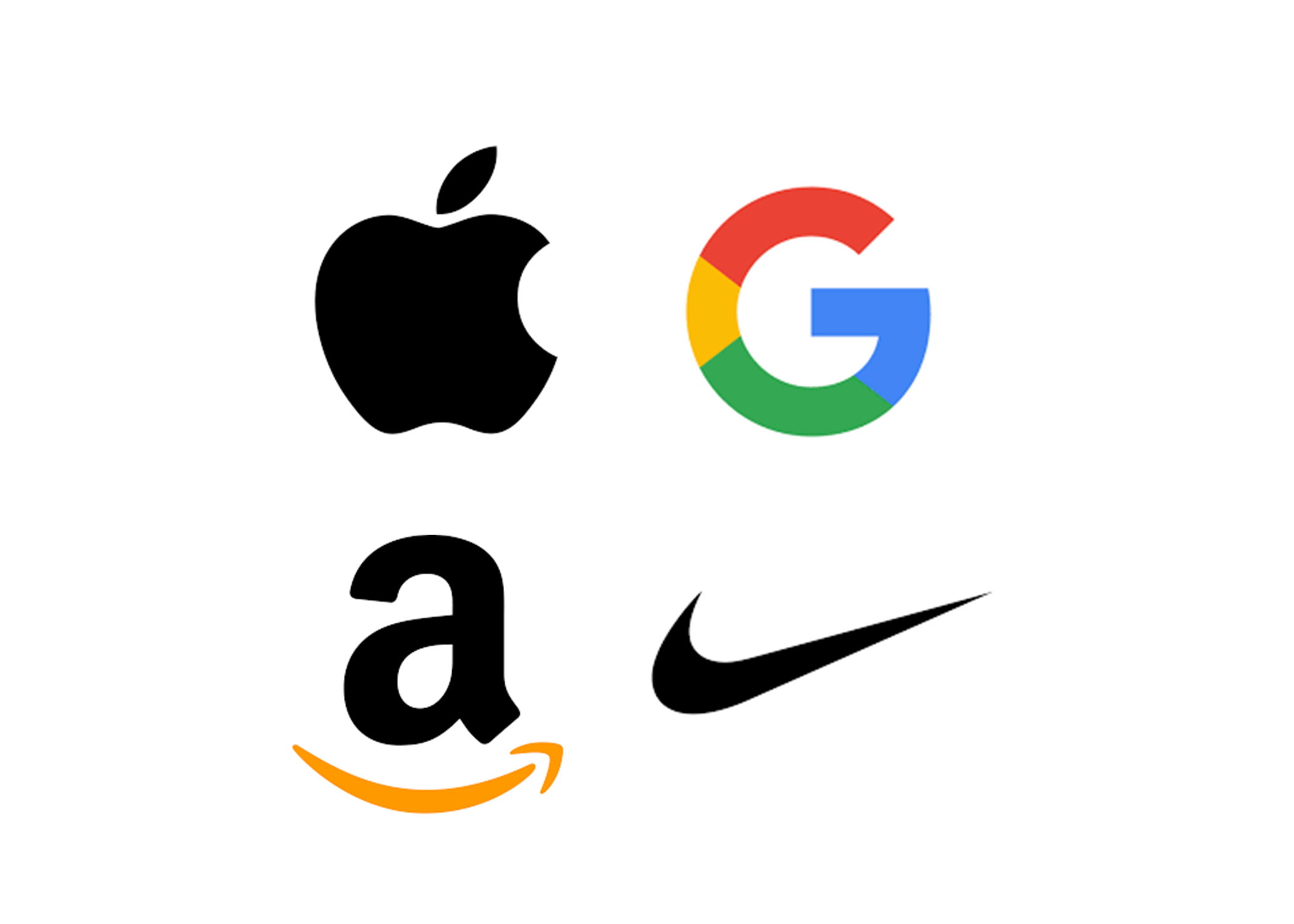By Xavier Garay
Some students excel through reading a diagram while others prefer listening to a lecture. Others like using a hands-on model that they can feel and make sense of on their own. There is no right or wrong way, as each student learns and intakes information differently. But there are benefits and disadvantages to each.
Auditory learning is a style in which students learn by listening to an audio or speaker. Some upsides to auditory learning include enhanced critical thinking, improved listening, increased memory, better comprehension, and brainstorming skills. These benefits are due to the fact that the brain focuses on rhythm, tone, and cadence of speech. According to Bay Atlantic University (BAU), “The strength of the auditory learning style is that it allows students to process information quickly and retain it effectively through the use of verbal cues and auditory memory.” Auditory learning is proven to be most effective when presented in an engaging way. Riley Morgan, a sophomore at Ponte Vedra High School (PVHS), says, “I prefer auditorial learning because that’s just how I am, and I feel like remember and intake information more easily that way.” Although there are some reasonable upsides to auditory learning, there are some downsides. As the University of Pheonix states, “Some disadvantages auditory learners need to counteract include a tendency to get distracted by others, engaging others at inappropriate times, difficulty with tasks that are written or visual, difficulty working alone, and becoming bored or disengaged during quiet work times.” Although auditory learning can be beneficial to some students, many find it difficult to stay focused on a lecture in a noisy environment or without visual aid. That’s where kinesthetic learning comes into play.
“I prefer reading and visual learning because whenever I read something I feel like it sticks to my brain easier and longer than any other way of learning. It’s also easier to understand something whenever I am reading it other than someone else saying something and I have no idea what they are saying, or I just can’t understand whatever they are trying to say.”
Logan Kearney (11)
Kinesthetic learning is a style where students learn best through physical activities like experiments or models. There are many advantages to kinesthetic learning as it offers improved information retention and engagement, as well as problem solving, social, and critical skills as it allows students to experiment and analyze situations through physical interaction. These benefits happen because hands on experiences create a stronger memory and increases focus. As the National Math Foundation (NMF) states, “Researchers have also found that students who do not respond to traditional teaching are likely to be engaged by hands-on, activity-oriented lessons. They repeatedly found that at-risk students responded well to playful lessons and demonstrated significantly increased achievement scores, higher levels of engagement, and increased motivation.” Kinesthetic learning is a convenient way to incorporate fun activities like games and experiments into a classroom as it’s providing an engaging experience for students to remember. Max Hydell, a sophomore at PVHS, states, “I prefer kinesthetic learning because I like to grab things and see what’s going on better than reading or listening to a text or audio.” Although kinesthetic learning is a very engaging way to teach, it can be difficult to incorporate all learning topics with kinesthetic learning. As the website, My Private Tutor explains, “Some topics simply do not make the cut when it comes to hands-on learning. For example, Algebra does not require much moving around to understand and apply the formulas. There’s not much scope in history either, except the occasional drama performance that you can host.” Although Kinesthetic learning may seem like an effective and fun way of learning, most students prefer reading a text as it helps them retain information longer and easier.
Reading/visual learning is a style where students prefer to learn by seeing or reading visual aids like images, diagrams, and texts. There are various benefits to reading/visual learning as it enhances comprehension, encourages creativity, and it helps process information faster. These benefits occur as reading/visual learning leverages the brains natural aptitude for visual data. According to, Educational Wave, “Visual aids break down complex information, making it easier to grasp, and are processed faster by the brain, leading to quicker assimilation. They encourage creativity and inspire different perspectives.” Reading/visual learning is a great way to educate as it can help students’ intake harder information quickly with ease, whilst providing creativity. Logan Kearney, a junior at PVHS stated, “I prefer reading and visual learning because whenever I read something I feel like it sticks to my brain easier and longer than any other way of learning. It’s also easier to understand something whenever I am reading it other than someone else saying something and I have no idea what they are saying, or I just can’t understand whatever they are trying to say.” Reading and visual learning are very self-dependent ways of learning as they require a good sense of understanding and require the student to be able to read. This is one of the many downsides to reading/visual learning. Other examples include distractions due to background noise, electronic notifications, and visual clutter. As, Educational Wave also states, “External distractions such as noise, notifications, and environmental factors can greatly impact the learning process. These distractions can hinder a student’s ability to focus on the material being presented, leading to decreased comprehension and retention.” Many schools are using technology to help students learn, so electronic notifications can be very distracting when reading a text or analyzing information.
Every student has a preference on how they intake information, whether it’s visual/reading, kinesthetic, or audio learning. All learning styles are unique and work for certain students.
Graphic by Philip Berkwit





